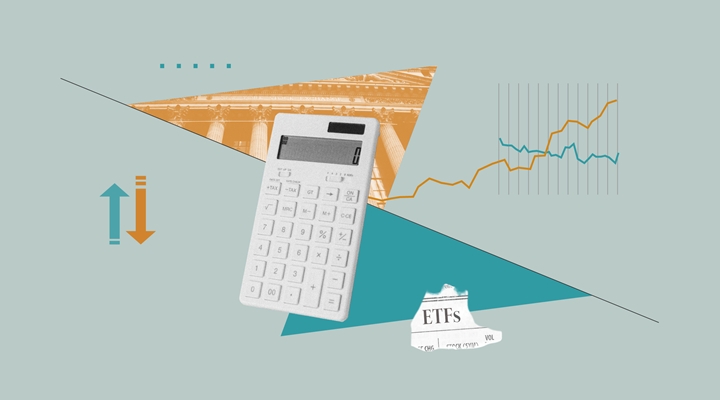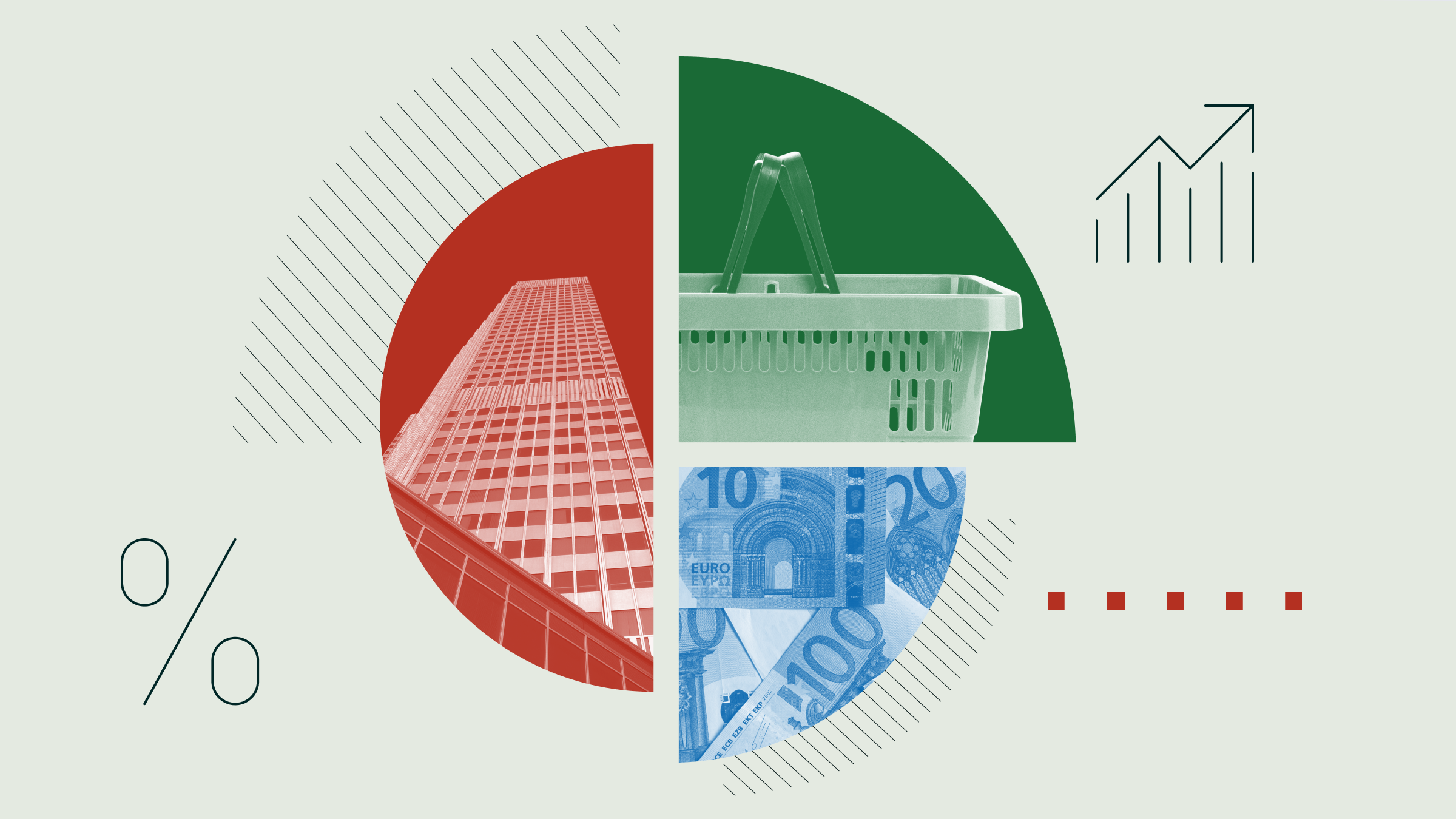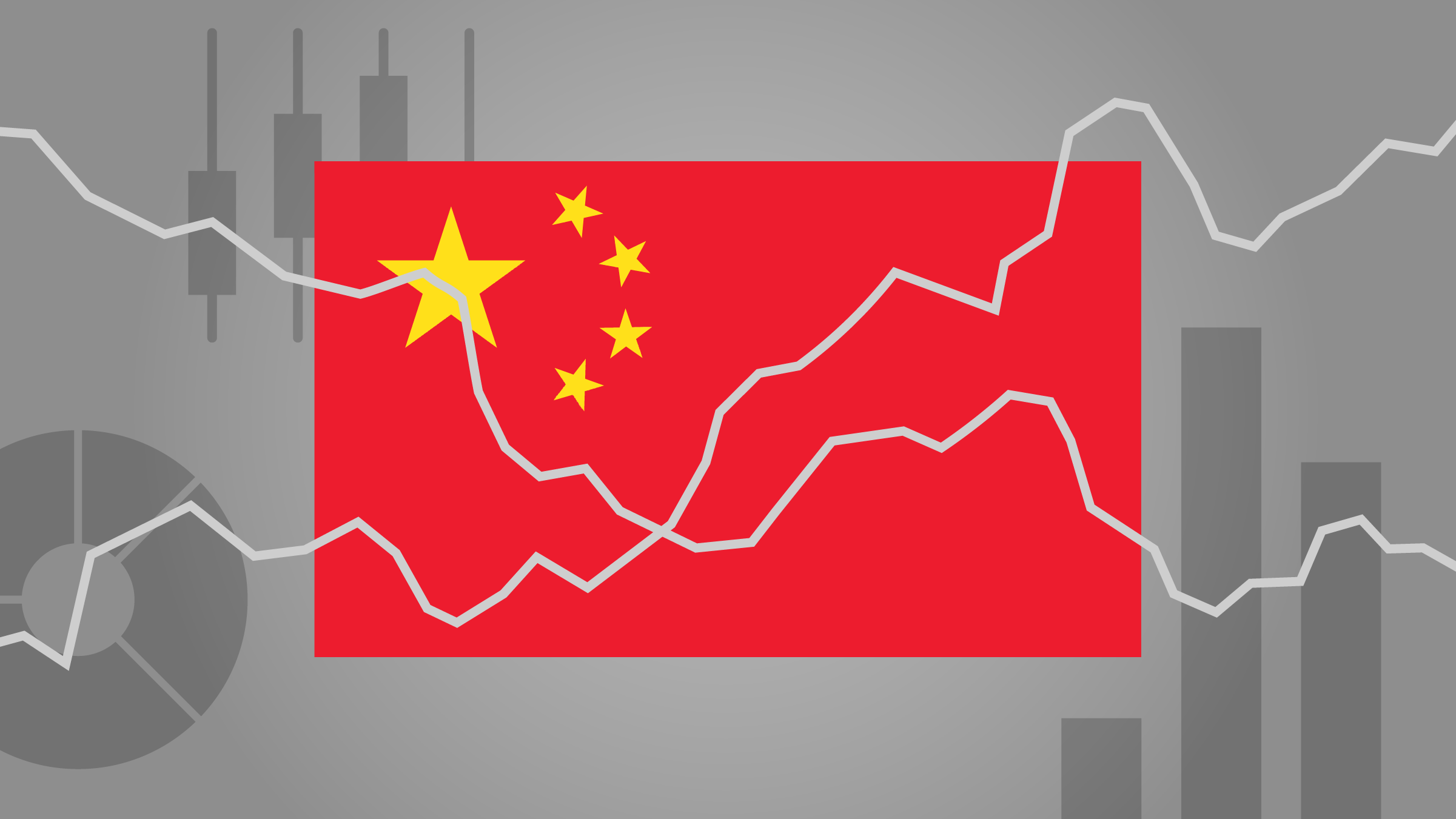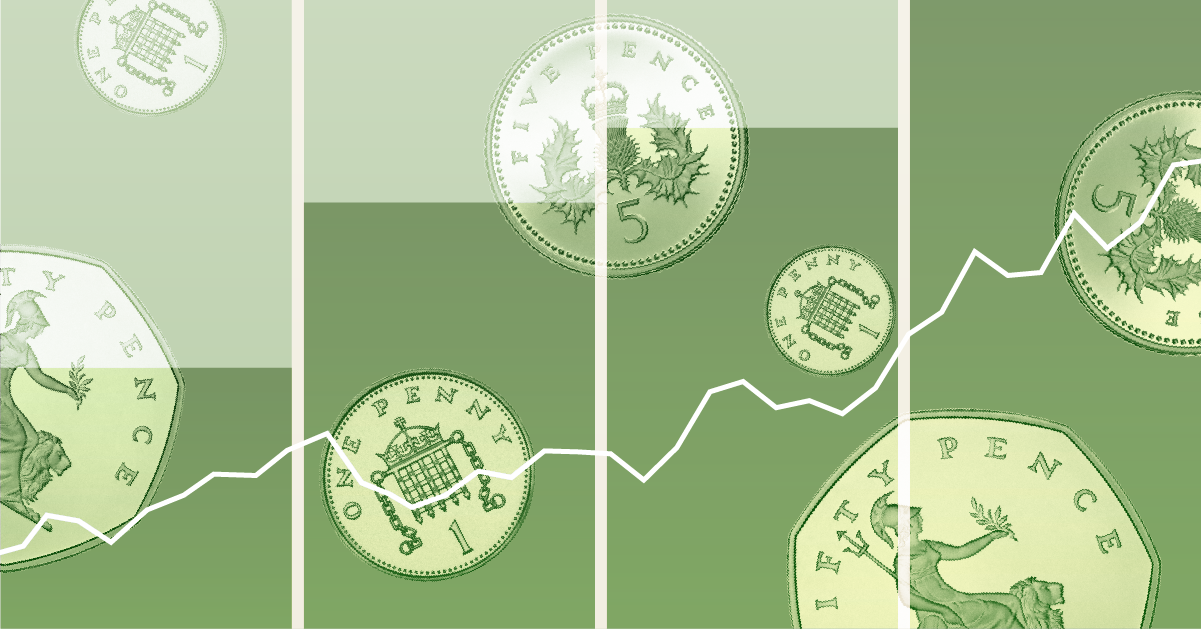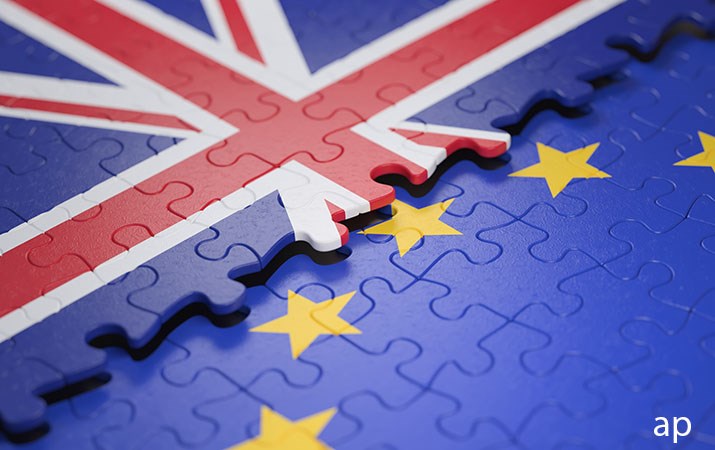
It’s just over six years since the UK’s referendum on membership of the European Union (EU) and pretty much 18 months since that last-minute Brexit agreement on December 24, 2020, which averted a “no deal” scenario after more than four long years of not-entirely-effective negotiations.
The aftermath of such an important and complex decision is far from settled. On June 28, the House of Commons passed a controversial bill that would allow ministers to amend the 2019 agreement between the UK and the EU.
At its core, the legislation keeps Northern Ireland as part of the European single market to avoid the possible reintroduction of a physical border with the Republic of Ireland.
However, London has never accepted the idea of Northern Ireland (which is part of the United), remining in the EU’s Customs Union, because it would effectively render Britain a third country.
The new law, therefore, aims to rewrite parts of the Northern Ireland Protocol, which is an integral part of the Brexit agreement. For its part, Brussels has already made it known that the unilateral revision of the pacts is a "violation of international law" that could incur financial sanctions.
London now has two months to justify the bill. And if the answer is not deemed satisfactory, the case will go to the European Court of Justice, a body the government has previously said it would like to remove from the oversight process.
Will BoJo Go, or No?
Now that UK prime minister Boris John has agreed to leave office, an already-vicious leadership election fight has broken out to replace him.
A successor is expected to be appointed in October, but until then, UK government activity could well be slow. Policy work done now could be torn up when a new premier arrives in Downing Street.
"Johnson often leaned towards populist policies and, although he will always be remembered for Brexit, recent fiscal policy has also followed a similar approach," says Azad Zangana, Senior European Economist at Schroders.
"While this may have boosted growth in the short term, it has also contributed to higher inflation and government debt. The recent decision to raise corporate taxes instead of personal or sales taxes is just one example."
What Next For The Economy?
According to Organisation for Economic Co-Operation and Development (OECD), UK gross domestic product (GDP) is expected to grow by 3.6 % in 2022 (after a +7.4 % bump in 2021) and remain broadly unchanged in 2023. According to the IMF, in 2023 the UK will have the most disappointing economic growth among the G7 countries (virtually zero) and will be hit hardest by inflation.
And speaking of inflation, the UK clocked up an inflation rate of 9.1% in May, the highest in 40 years and the highest jump among its G7 peers. In addition to energy costs, food and non-alcoholic drinks are among the things contributing to overall price rises.
"The UK imports about a third of its energy needs, so the increase in oil and gas prices caused by the war has led to weaker growth and higher inflation,” says Silvia Dall'Angelo, Senior Economist at Federated Hermes.
"All this was on top of an ongoing inflationary wave that largely reflected the supply-demand imbalances associated with the pandemic. Over the past 18 months, the Brexit process has arguably increased supply-side constraints, such that it has been objectively difficult to distinguish pandemic-related inflationary effects from Brexit-related ones.
"Indeed, the new rules have revolutionised business activity with the EU, which is still one of the UK's main trading partners, while further constraints on migration, which was already undermined by the pandemic, have exacerbated labour shortages."
It is still too early to assess the full impact of Brexit on the UK economy, however. The process of reorganising the UK’s relationship with its neighbours will take years, and may well be compounded by efforts to make the economy greener, more competitive and inclusive. The odds of a recession in the meantime are around 50% for the second half of 2022, and rise next year, Dall’Angelo says.
Since December 2021, the Bank of England has raised interest rates from 0.1% to the current 1.25%.
The pound has been under pressure since the beginning of the year, and is down 12% against the dollar. Since March – when the Federal Reserve started to act aggressively on interest rates – it has lost 8%.
According to Federico Vetrella, Market Strategist at IG Italia, "the unstoppable rise of the dollar, fuelled by a restrictive monetary policy with rates now moving towards an estimate of 3.25%-3.5% at year-end, is increasing fears for a further devaluation of sterling in the short- to medium-term."
UK Equities Are Undervalued
UK equities have held up extremely well over the course of the year. As of July 7, the Morningstar UK Index lost 4%, compared to a -17.6% on the Morningstar Eurozone Index, -9.4% for the Morningstar Global Market Index and -9.3% for the Morningstar US Market Index (data in euros).
"One of the reasons behind the index’s resilience can be explained by its sector composition with consumer staples and health care making up 17% and 13.7% of it," explains Clémence Dachicourt, senior portfolio manager at Morningstar Investment Management (MIM).
"The defensive attributes of these segments explains why they have done relatively well in a period of high uncertainty regarding inflation expectations, rising interest rates and their repercussions on overall economic growth.
"High energy prices have also played in the UK’s favour as energy-related names like Shell or BP make up 12% of the overall index, and are up almost 15% year to date as of the end of the second quarter."
According to Morningstar's Global Market Barometer, the UK equity market is currently undervalued by 15% relative to its fair value (relative to stocks covered by Morningstar’s research).
"UK equities have been a long-standing overweight in our portfolios as we felt investors’ expectations about the impact Brexit on UK listed companies were overly pessimistic," says Dachicourt.
"The Covid-19-related sell-off was also an opportunity for us to add to our UK equity positions as investors became concerned about prospective dividend payouts. During that time dividends fell by 31%, with 58% of UK listed companies reducing their dividends and 23% completely cutting them.
"We took the view that these dividend cuts were cyclical rather than structural, which played in our favour as companies reinstated their dividends after the crisis."
The fund manager also adds that, while UK equities remain attractive thanks to attractive dividend yields compared to other regions, that’s no longer the case on an absolute basis, as investors no longer receive a positive margin of safety when investing in the UK index.
"Growth expectations are not a concern," Dachicourt says, as "UK listed companies are internationally oriented with only 22% of their revenues coming from the UK. That makes them more immune to the slowdown in Europe compared to domestically-oriented companies."
The ETF offering
There are 23 exchange-traded funds (ETFs) offering European investors direct exposure to the UK equity market. Five of them are covered by Morningstar’s qualitative research. The below table shows the largest funds by assets under management.
By far the largest in terms of assets, the iShares Core FTSE 100 UCITS ETF earns a Morningstar Analyst Rating of Bronze – as do the trackers of the same benchmark offered by Vanguard and Lyxor – largely due to their undeniable cost advantage. The iShares ETF carries just a seven basis point ongoing charge, while the other two charge mine and 14, respectively.
In fact, Morningstar analysts point out that the FTSE 100 is concentrated in very large-cap stocks, thus leaving investors underexposed to important parts of the UK market (the same is true for the MSCI UK, the benchmark replicated by the UBS-branded fund).
The SPDR FTSE UK All Share UCITS ETF, on the other hand, is the only one to obtain a Morningstar Analyst Rating of Silver. The FTSE All Share, with around 650 stocks in its portfolio, covers 98% of the UK equity market and devotes 20-25% of its assets to mid- and small-cap stocks.
The benchmark has outperformed the category average over the past ten years on a risk-adjusted basis. The SPDR fund uses physical replication optimised for the benchmark. In practice, the ETF buys a set of securities chosen to create a portfolio sufficiently similar to that of the benchmark but with fewer components to optimise transaction costs. The fund does not engage in securities lending and charges 20 basis points.











